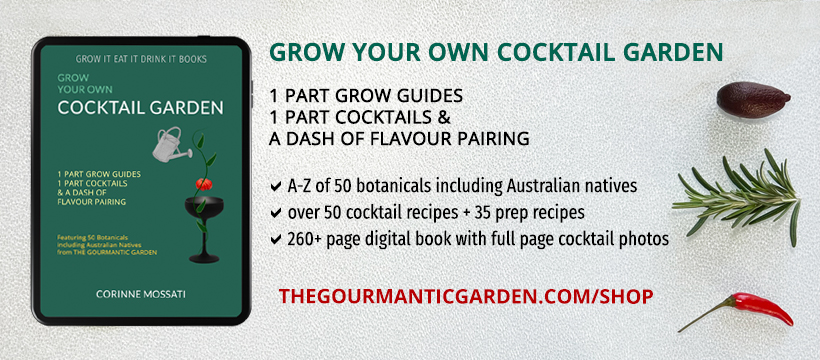Chartreuse: When Maréchal d’Estrées bestowed a manuscript on the Carthusian monks in their monastery in 1605, little did he know that he held the secret recipe to one of the oldest liqueurs available today.

A Brief History of Chartreuse
The story begins in 1084 with Saint Bruno who heard the call of God and founded the Carthusian order in the Chartreuse Mountains where lived a monastic life of isolation, prayer and meditation.
In 1605, Francois Hannibal d’Estreés, Marshal of King Henry IV’s Artillery came across a secret recipe with a list of 130 botanicals which when combined would deliver the elixir of long life. He approached the Carthusian brothers in Vauvert, Paris and bestowed upon them the secret manuscript which was very difficult to decipher.
The manuscript was sent to La Grande Chartreuse where Frère Jerome Maubec deciphered what became Elixir Végétal in 1737, the original Chartreuse and the inspiration for all their liqueurs. In 1764, the monks created Green Chartreuse, a milder version of the elixir, then in 1838, Frère Bruno Jacquet created Yellow Chartreuse.
Production
What differentiates Chartreuse is that the liqueurs are made by two monks who know the secret recipe. Production begins within the monastery walls in the herb room where the current guardians of the recipe, Dom Benoit and Frère Jean-Jacques are permitted to enter. They order the botanicals and receive them inside the monastery walls. To maintain the secrecy, they order too much of some, too little of others, or something unrelated to production. Even the President of Chartreuse simply approves bank account and dollar amounts without any knowledge of the recipe. The monks dry the botanicals and put in nondescript bags with serial numbers before they’re sent to a secondary herb room in the distillery located in Voiron.
130 botanicals go into the production of the French liqueur, 30% come from Italy, Switzerland and France, the remainder 70% come from the Greater World. 1.2 tonnes of botanicals are macerated in 42,000 litres of base spirit. The green expression is macerated for 6 weeks in a sugarbeet base spirit while the yellow undergoes 2-3 weeks of maceration in a grape-based spirit.
Distillation originally took place in copper pot alembic stills but has since been made in custom designed stainless steel stills that are computer controlled. Once distillation is complete, the spirit is aged in the world’s longest cellars, 164 metres long in uncharred French oak. The multi-stage maturation starts in 50,000 litre barrels then in 10,000 barrels and the Green & Yellow are ready to be bottled. Out of the batches, the brothers deem some to be of exceptional quality and these are further aged in 500 litre barrels which become Chartreuse VEP.
Chartreuse Liqueurs
Elixir Végétal (69% ABV, originally 71% ABV until 2005) has aromas of liquorice, eucalyptus, mint and spice with intense, punchy flavours on the palate. It is often used in cocktails in lieu of bitters.
Green Chartreuse (55% ABV) is milder, sweeter with a pungent nose of angelica, lime, marmalade, cocoa and peppermint. Vegetal and herbaceous on the palate with mint, thyme and a spicy back note. Use it on ice, with tonic water, ginger beer, fresh pressed apple juice, hot chocolate, in cocktails such as The Last Word.
Yellow Chartreuse (40% ABV, originally 43% ABV until 1970s) was created by Frère Bruno Jacquet as a milder, sweeter and easier drinking liqueur. It has intense sweetness and honey character, chocolate, honey, saffron, aniseed, spice and peppermint. Use it in long drinks, with smoked lemonade and tonic water.
In 1972, Chartreuse entered a high taxation era so the ABV of Yellow Chartreuse was dropped from 43% to 40% but in 2010, they began recreating the original Yellow Chartreuse as La Reine des Liqueurs. At the original proof, it has a better balance between sugar, alcohol and herbs. Serve chilled, not with ice as not to dilute it.
4 Useful Facts
- The green colour is derived from chlorophyll while the yellow comes from saffron.
- Chartreuse continues to age in the bottle as the sugars are broken down.
- Chartreuse is in the process of building another distillery in Aiguenoire. Read more about it in our interview with Chartreuse President Emmnuel Delafon.
- To find out the year a bottle of Chartreuse is produced, use this formula = 1084 + 1st 3 numbers of the batch number on the neck label. The last 3 numbers of the batch number represent the day in the year.
In partnership with Spirits Platform, distributors of Chartreuse in Australia.

